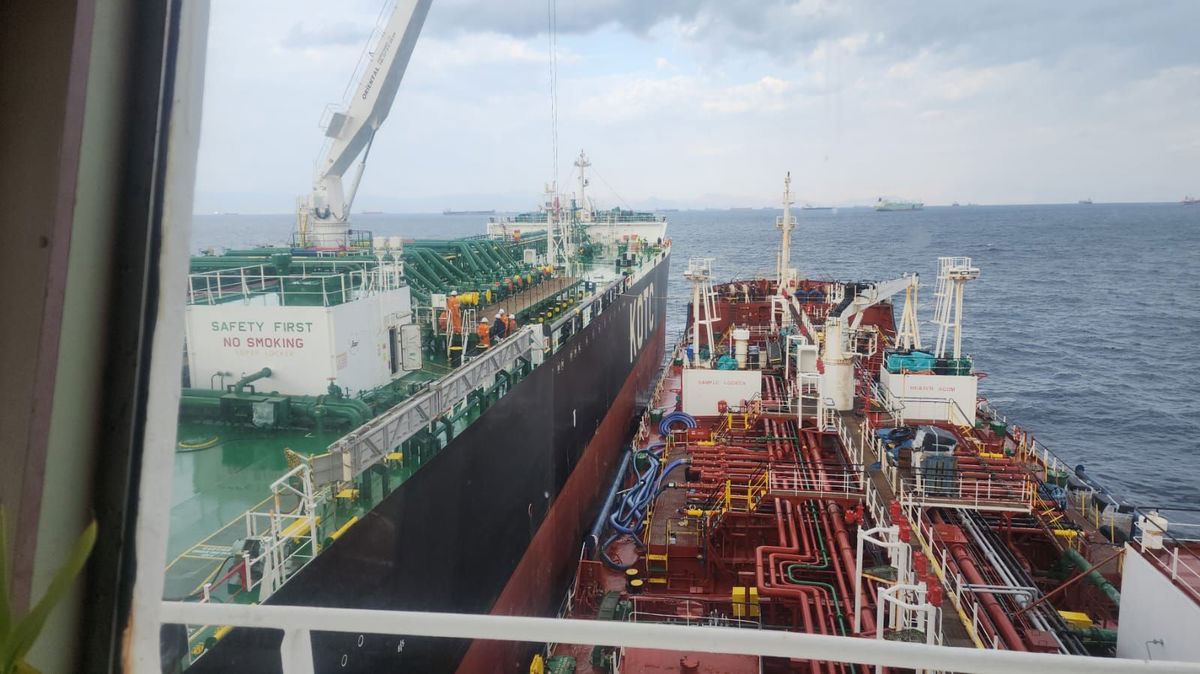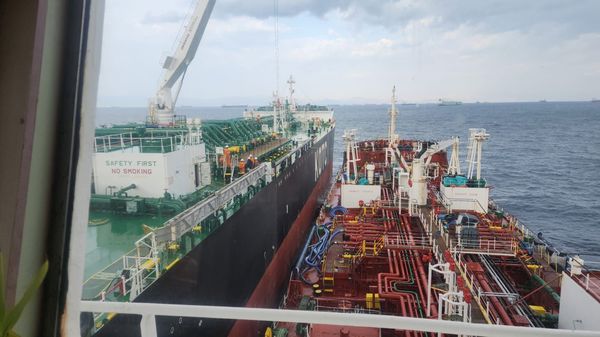Brent moves higher on escalation of geopolitical tensions
The front-month ICE Brent contract gained $1.44/bbl on the day, to trade at $83.17/bbl at 09.00 GMT.
 PHOTO: Silhouette of oil pumps. Getty Images
PHOTO: Silhouette of oil pumps. Getty Images
Upward pressure:
Brent futures pared the previous day’s losses amid escalation of geopolitical tensions in the Middle East.
Iran-backed Houthis have now started targeting US naval ships, the Yemeni militia’s spokesperson Yahya Sare'e confirmed on social media platform X (formerly Twitter).
The US Central Command (CENTCOM) also confirmed retaliating to these attacks with four self-defense strikes against seven mobile anti-ship missiles and one ballistic anti-ship missile.
“[Brent] Prices have also been supported in recent weeks amid increasing tensions in the Middle East,” ANZ Bank’s senior commodity strategist Daniel Hynes said in a note. “Houthi rebels continue to attack merchant ships in the Red Sea while Israel continues to push back on proposed ceasefire agreements,” he added.
Downward pressure:
Meanwhile, Brent futures felt some downward pressure after the American Petroleum Institute (API) reported another sharp rise in US crude stockpiles.
The US commercial crude inventories climbed by 7.17 million bbls in the week ended 16 February, ousting the market projection of a 4.3 million-bbl build during the same time, according to the API data.
Separately, the US Federal Reserve's (Fed) Federal Open Market Committee (FOMC) released minutes from its January meeting, which indicated a possible delay in interest rates cut in the US due to sticky inflation.
"FOMC minutes highlighted [that] most Fed officials were concerned of the risk of cutting [interest] rates too early,” Hynes said.
Higher interest rates in the US can often diminish global demand for commodities like oil, as it increases purchasing costs for those holding non-dollar currencies.
By Aparupa Mazumder
Please get in touch with comments or additional info to news@engine.online





